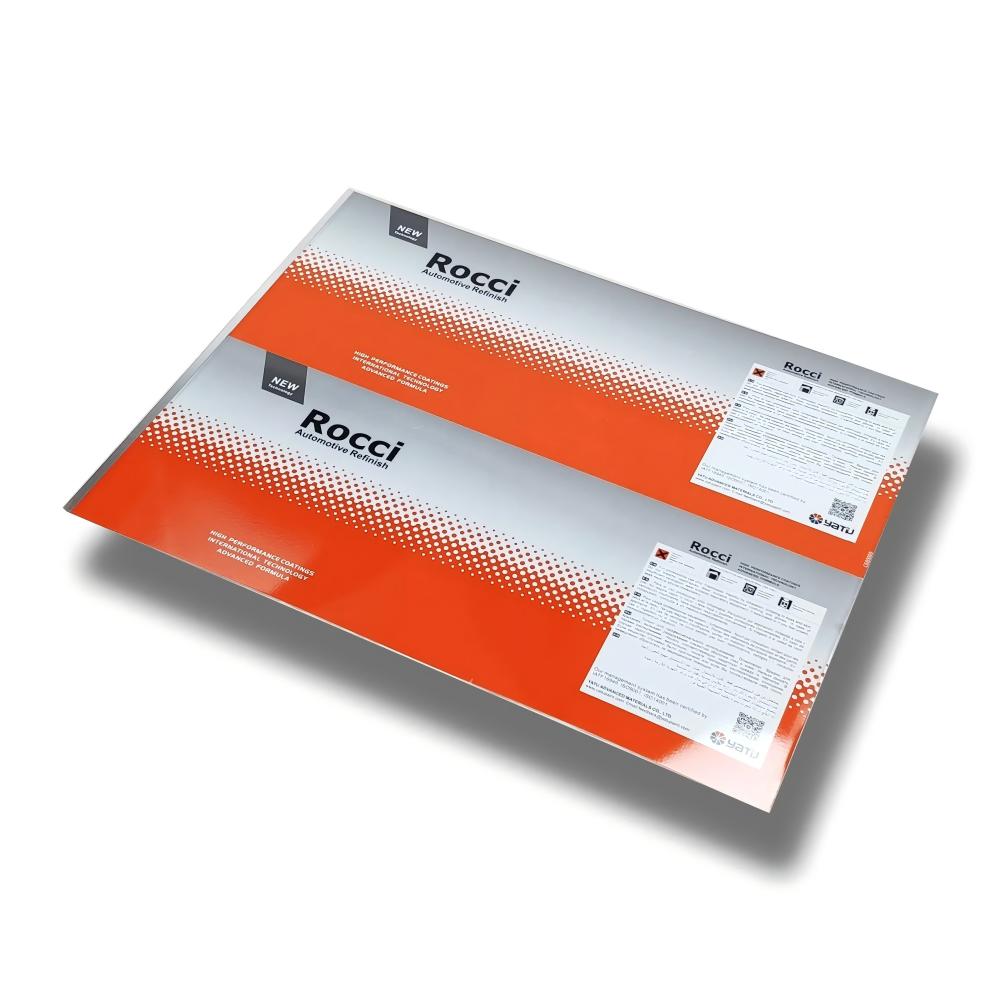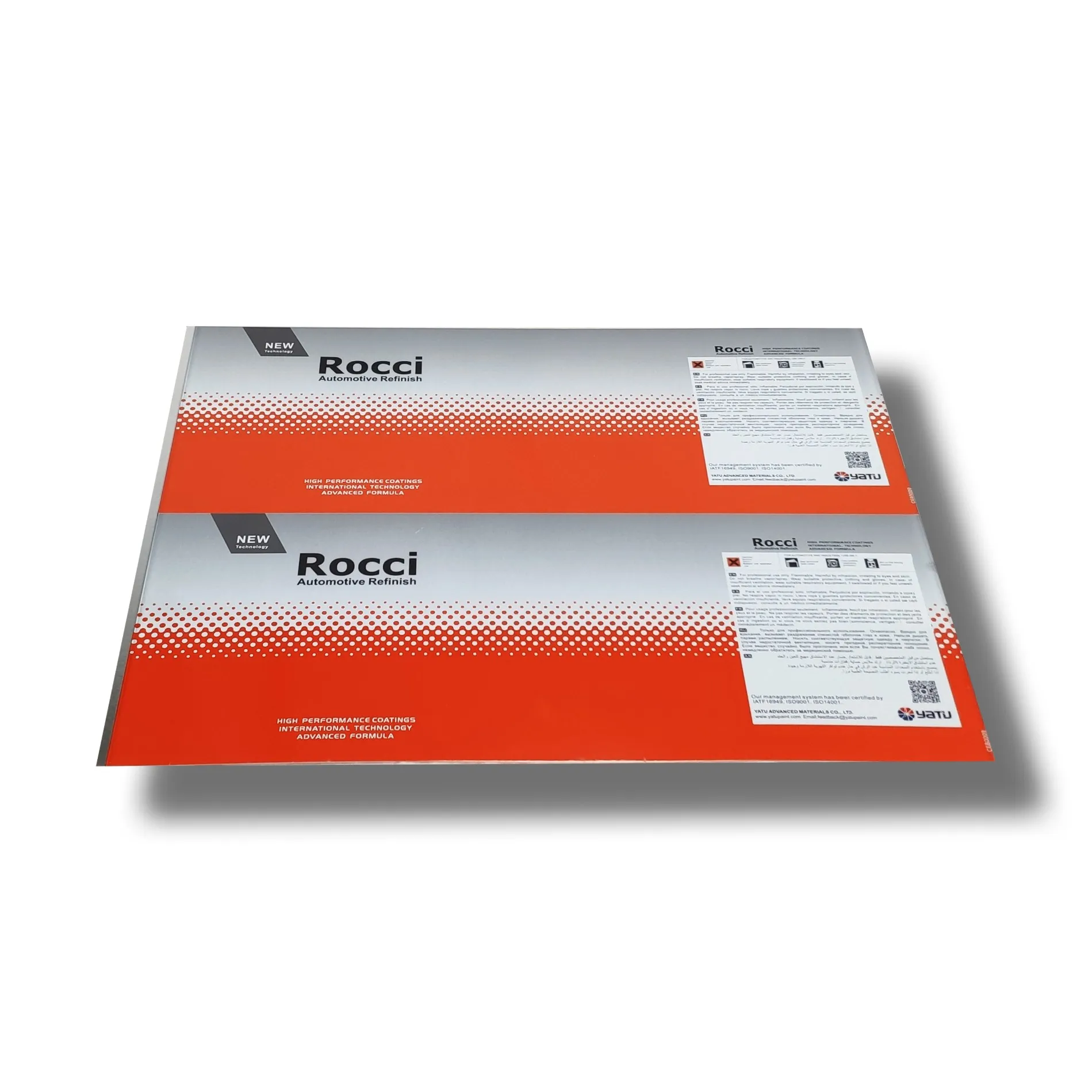In recent years, with the vigorous development of the global industrial manufacturing industry, tinplate as an important industrial material has been widely used in food, chemical, packaging and other fields. However, with the expansion of the scope of use of tin plate sheet, people's requirements for its quality are also constantly increasing. How to judge the quality of tinplate sheet and then ensure its reliability in various production and applications has become the focus of attention inside and outside the industry.
This article will discuss in detail the quality composition of tinplate and how to effectively detect its quality.

What is tinplate?
Tinplate, also known as tin-plated steel sheet, is a composite material with a layer of tin plated on the surface of cold-rolled low-carbon steel sheet. Its original main use was to make various packaging containers, especially food cans, because the tin layer can effectively prevent corrosion and rust of the iron plate. With the advancement of technology, tinplate sheet has been widely used in many industrial fields. Its excellent corrosion resistance, good weldability and beautiful appearance make it an indispensable material in modern manufacturing.
However, the quality of tin plate sheet does not simply depend on the thickness of the tin plating on its surface, but is also closely related to multiple factors such as the material of its substrate, the tin plating process, and the quality of the tin layer. Therefore, to judge the quality of tinplate, multiple aspects must be considered comprehensively.
What are the factors that affect the quality of tinplate?
Factors affecting the quality of tinplate:
1. The quality of the base steel plate
2. The uniformity and thickness of the tin plating layer
3. The bonding strength of the tin layer
4. Surface finish
5. The purity and tin damage of the tin layer
The quality of the base steel plate of tinplate is the primary factor affecting the quality of the final product. The base steel plate is generally made of low-carbon cold-rolled thin steel plate, and its quality directly affects the mechanical properties and surface flatness of the tinplate. If there are impurities, cracks or uneven thickness of the steel plate during the cold rolling process, it will directly affect the performance of the finished product after the final tin plating.
Uniformity and thickness of the tin plating layer
The anti-corrosion performance of tin plate sheet mainly comes from the tin plating layer on its surface. The thickness and uniformity of the tin plating layer are important criteria for measuring the quality of tinplate. Generally speaking, the thickness of the tin layer should be designed according to the purpose. For example, tinplate sheet used for food packaging has high requirements for the thickness of the tin layer to ensure that it has good anti-corrosion performance. The uniformity of the tin layer is also critical. If the local tin layer is too thin or there are gaps, the tinplate will be locally corroded during use, seriously affecting its service life.
Tin layer bonding strength
The bonding strength between the tin layer and the base steel plate is also one of the important indicators for evaluating the quality of tinplate. If the tin layer is not firmly bonded to the steel plate, it is easy to fall off during processing and use, and lose its protective effect. The quality of the bonding strength depends on the tin plating process, the surface treatment of the material and the process control.
Surface finish
The appearance quality of tinplate not only affects its aesthetics, but also directly affects the subsequent processing technology. For high-demand food packaging and other fields, the surface finish of tinplate is required to be high, and there should be no obvious scratches, unevenness or other defects. High-quality surface treatment technology can make tinplate have better printing adaptability and coating performance.
Tin layer purity and tin harm
The purity of tin also has an important impact on the quality of tin plate sheet. If there are impurities in the tin, the tin coating may be unstable and the corrosion resistance may be reduced. In addition, if tin damage occurs on the surface of the tin plate sheet (oxidation or loss of gloss of the tin layer) during storage or use, it will directly affect the appearance and protective performance of the product.

How to detect the quality of tinplate?
To comprehensively and scientifically detect the quality of tinplate sheet, it is necessary to conduct systematic inspections based on its various influencing factors. The following are common tinplate quality inspection items and methods.
Thickness inspection
Thickness inspection is an important part of evaluating the quality of the tinplate substrate steel plate and the tin coating. Micrometers, thickness gauges and other precision instruments are usually used to inspect the thickness of tinplate sheet. The thickness of the substrate steel plate should meet the design requirements of the product to ensure its mechanical strength in subsequent use. The thickness of the tin coating also needs to be strictly controlled to ensure that the tinplate has excellent corrosion resistance.
During the thickness inspection process, random sampling is usually used to conduct multi-point inspections from different positions to ensure the overall thickness uniformity of the tinplate.
Uniformity inspection of the tin coating
The uniformity of the tin coating can be detected by electron microscopy or chemical analysis. Using an electron microscope, we can observe the surface morphology of the tin layer and understand whether the distribution of the tin layer is uniform. Chemical analysis can further evaluate its uniformity by dissolving the tin layer and detecting the thickness of the tin layer at different locations.
In some cases, a peel test is also performed to peel off the tin layer on the surface to check whether its adhesion is uniform and evaluate the overall quality of the tin layer.
Bonding test
The bonding test between the tin layer and the substrate steel plate usually adopts a peeling test or a bending test. The peeling test separates the tin layer from the steel plate by physical or chemical means to evaluate the adhesion between the two. The bending test is to repeatedly bend the tinplate sheet to observe whether the tin layer falls off or cracks.
The bonding test can not only evaluate the performance of the tin plate sheet during the processing process, but also predict its durability in actual use.
Surface quality inspection
Surface quality inspection is mainly carried out by visual inspection and electron microscope inspection. Visual inspection can quickly screen out tinplate with obvious surface defects, such as scratches, depressions, spots, etc. Electron microscope inspection can observe the microstructure of the tinplate surface more finely and evaluate its finish and surface treatment quality.
In addition, the surface finish can also be tested by professional optical equipment, such as surface gloss meter, to ensure that the tin plate sheet surface meets the finish requirements of industry standards.
Tin damage detection
Tin damage detection is usually carried out through artificial aging experiments or chemical corrosion experiments. By placing the tinplate in a high temperature and high humidity environment to simulate its actual use environment, observe whether the tin layer will oxidize, lose gloss, etc. At the same time, chemical corrosion experiments can also be used to test the corrosion resistance of tin plate sheet in acidic or alkaline environments.
For high-demand fields such as food packaging, tin damage detection is particularly important because the corrosion of the tin layer will directly affect the safety and shelf life of food.

Mechanical property test
Mechanical property tests mainly include tinplate sheet tensile strength, ductility and other items. Through tensile tests, the tensile strength and ductility of tinplate when subjected to force are measured to evaluate its adaptability and durability in subsequent processing. Tinplate with good ductility is not easy to break or deform during stamping, drawing and other processing, which is conducive to improving the qualified rate of products.
Corrosion performance test
Corrosion performance is one of the core indicators for measuring the quality of tin plate sheet, which is usually tested through salt spray test and chemical corrosion test. The salt spray test simulates the long-term exposure of tin plate sheet in a humid and high-salt environment to test its corrosion resistance. The chemical corrosion test tests the corrosion resistance of tinplate in corrosive solutions such as acid and alkali to ensure that it can maintain stable performance for a long time in various complex environments.

